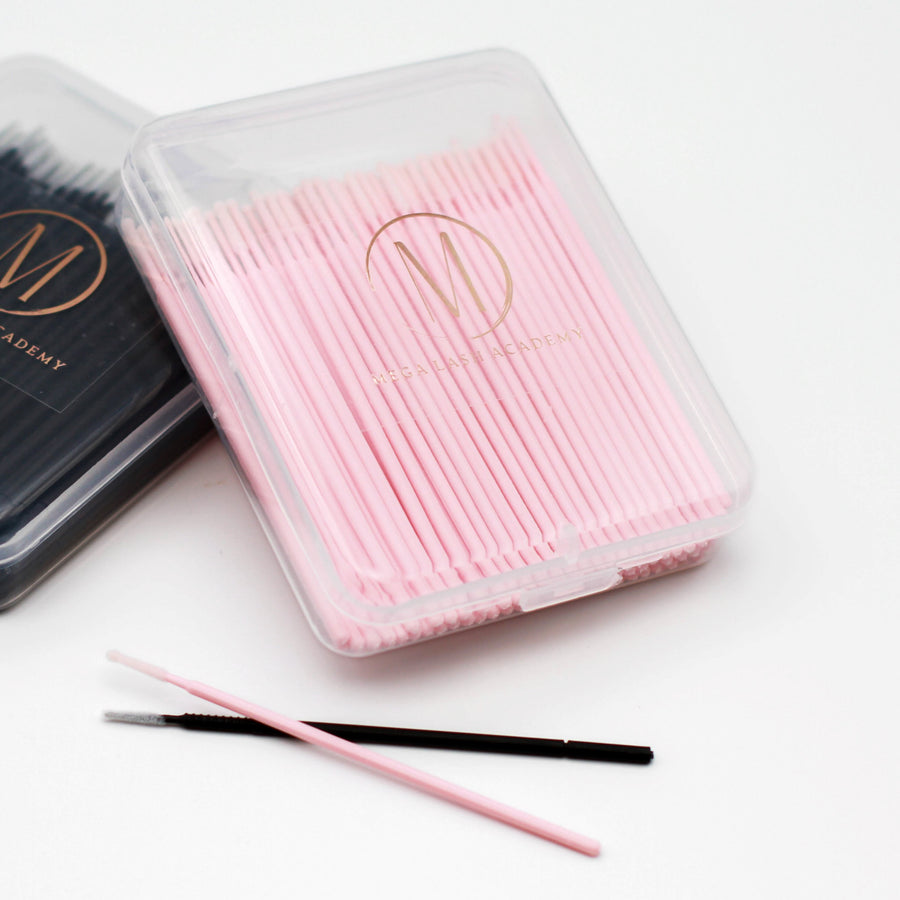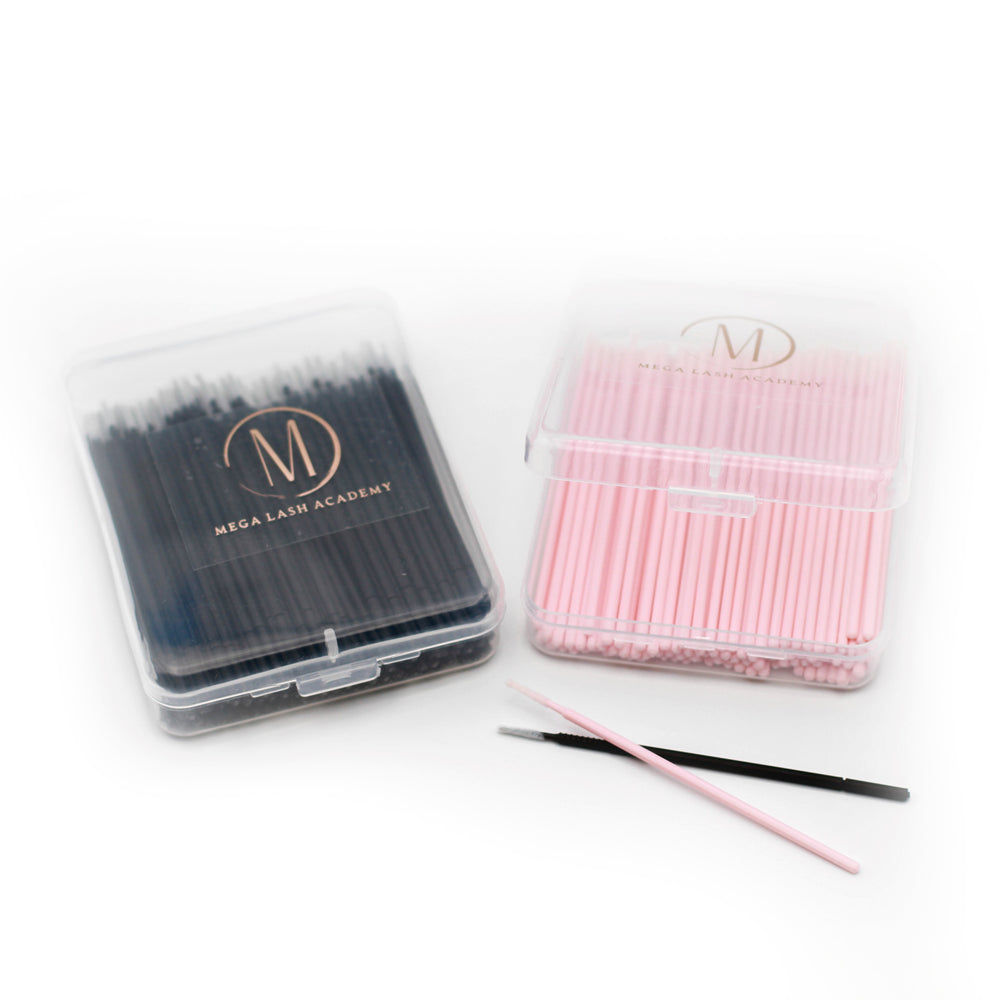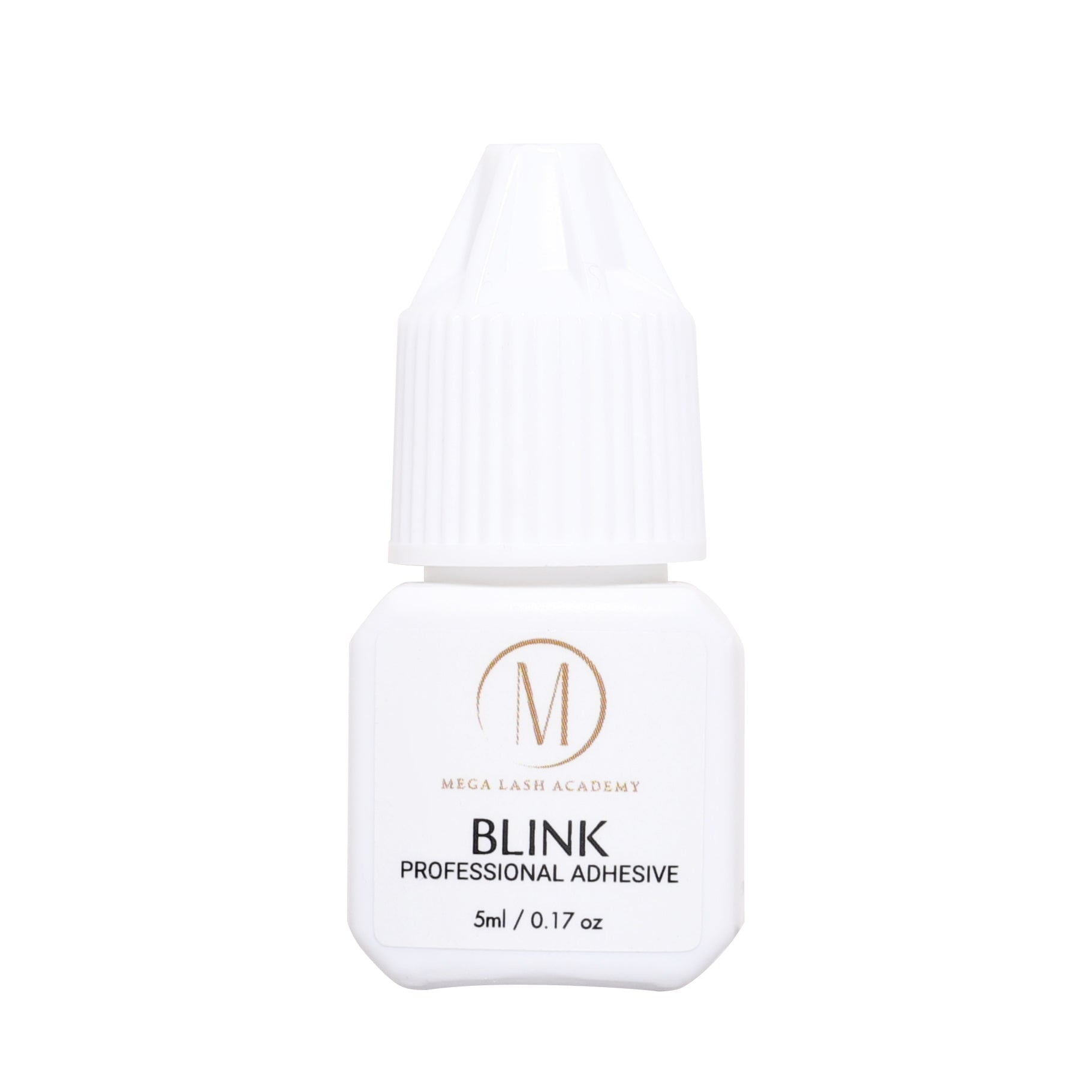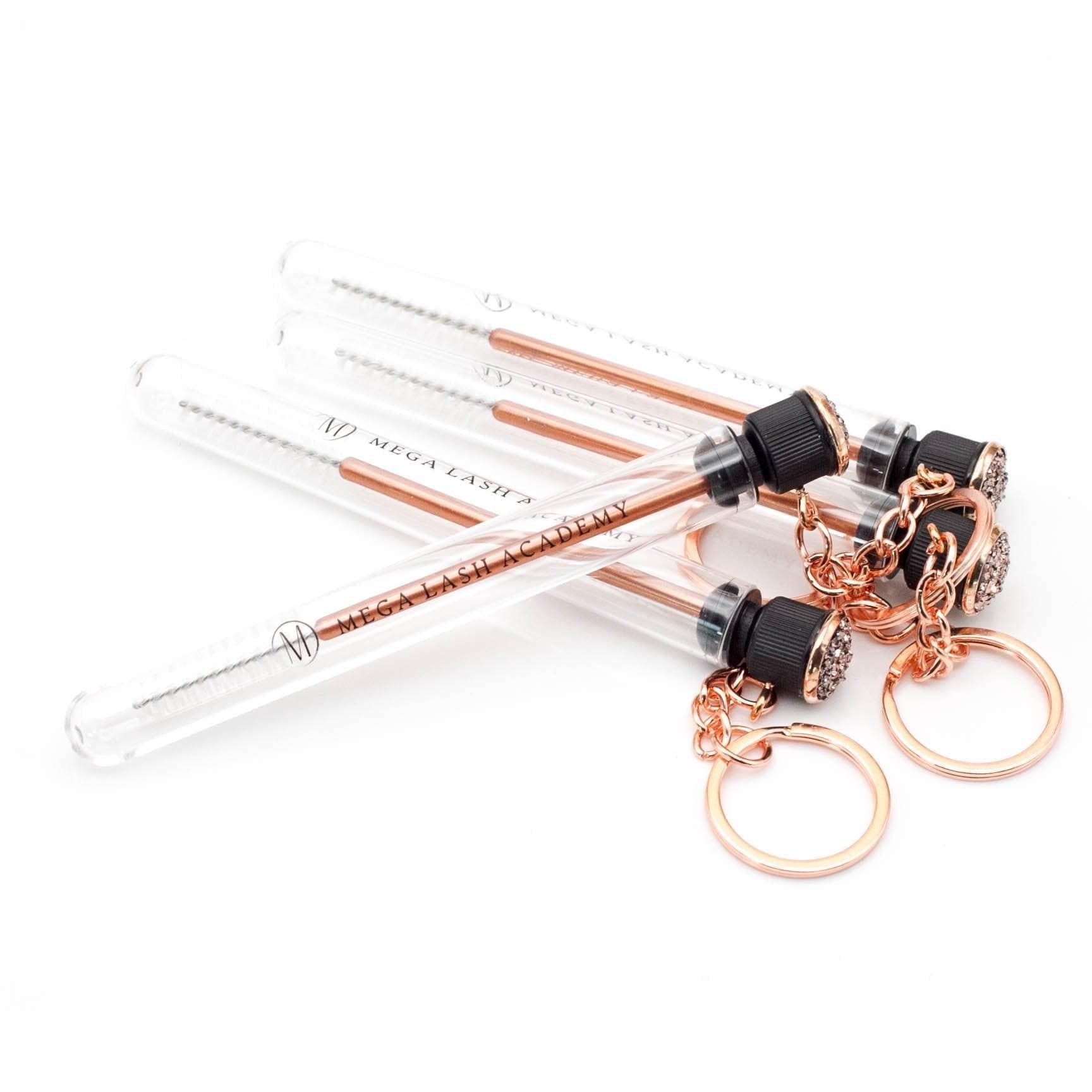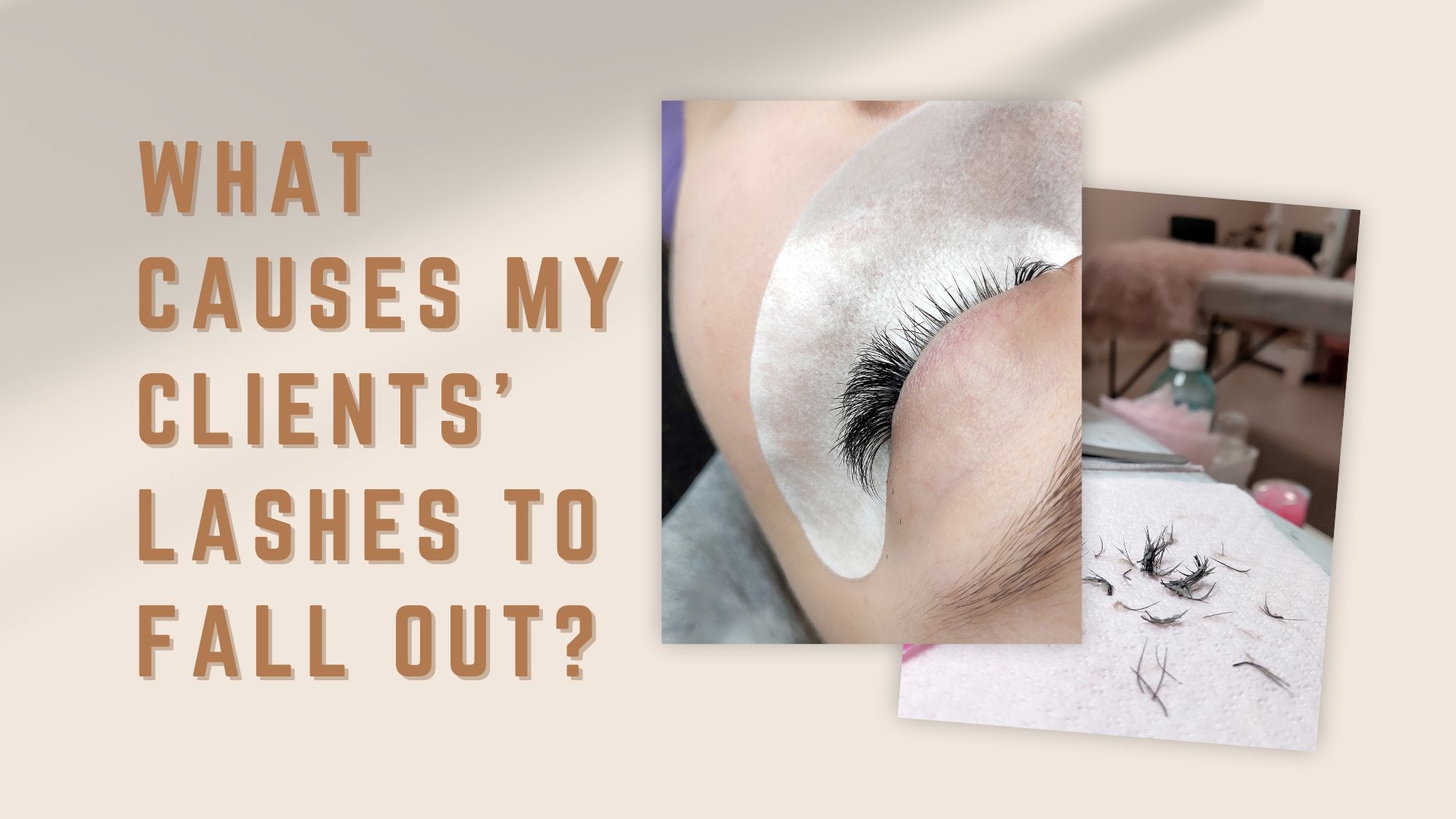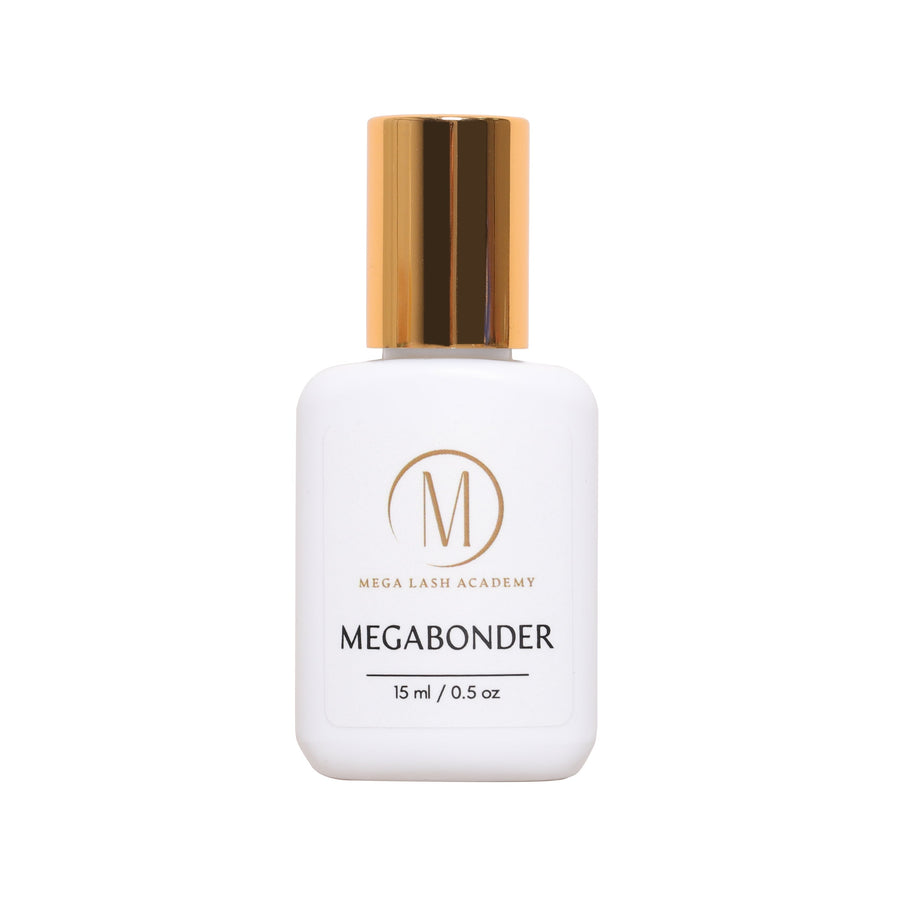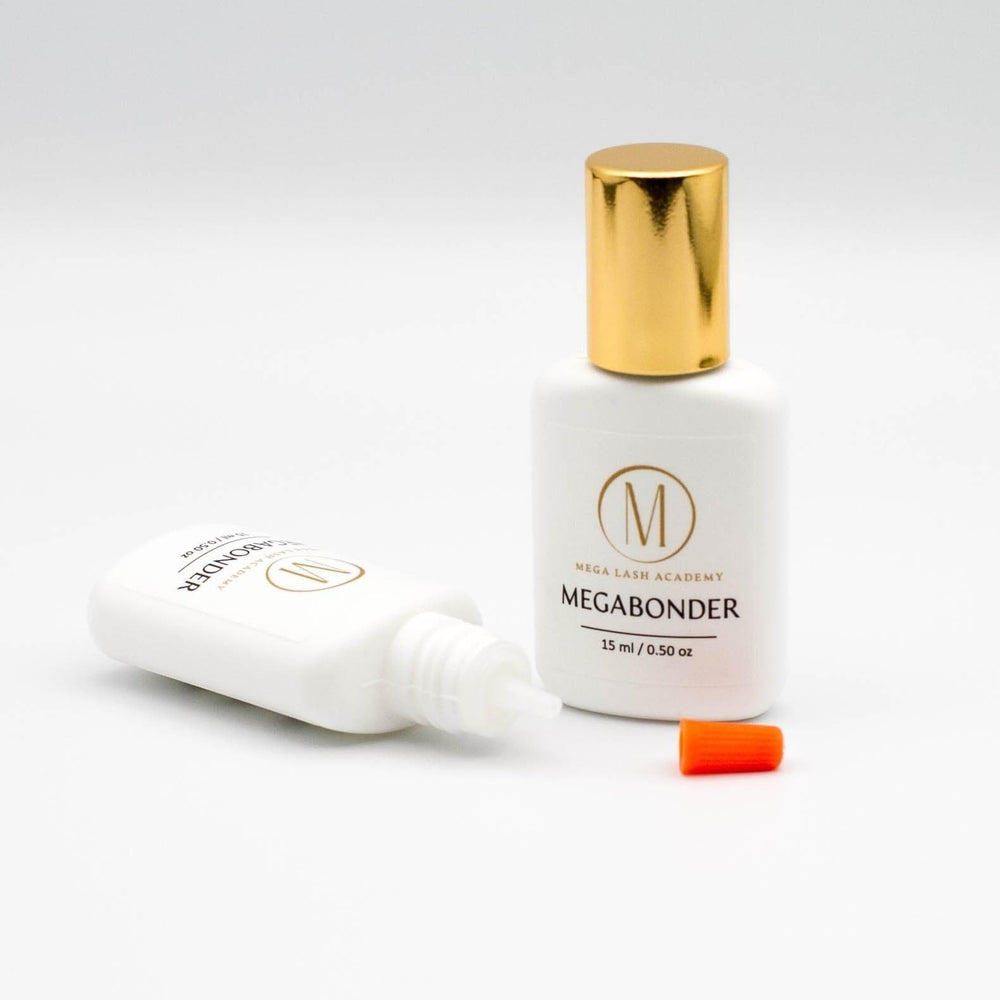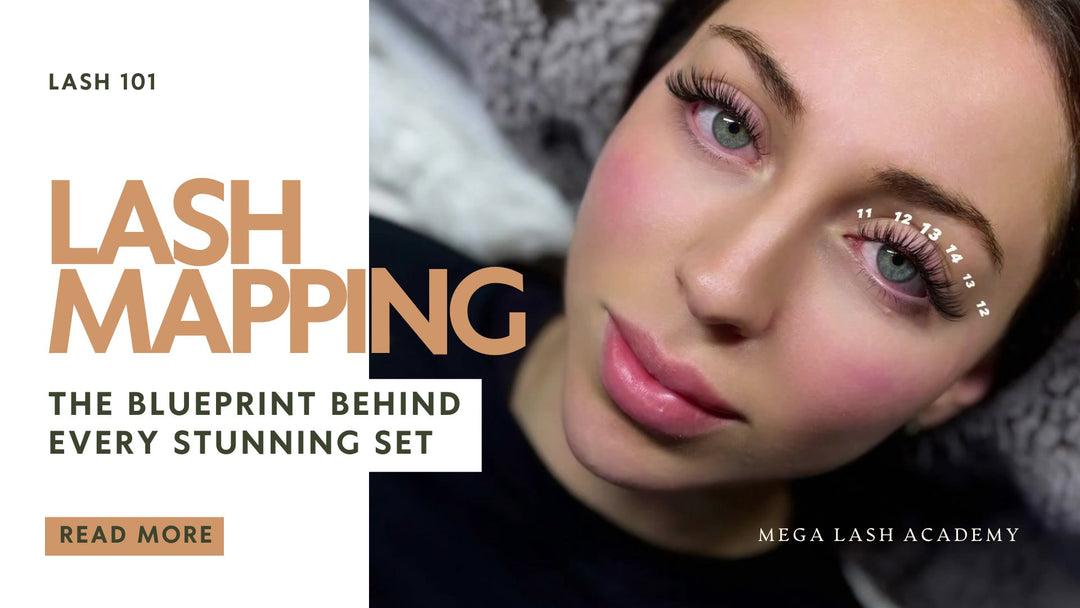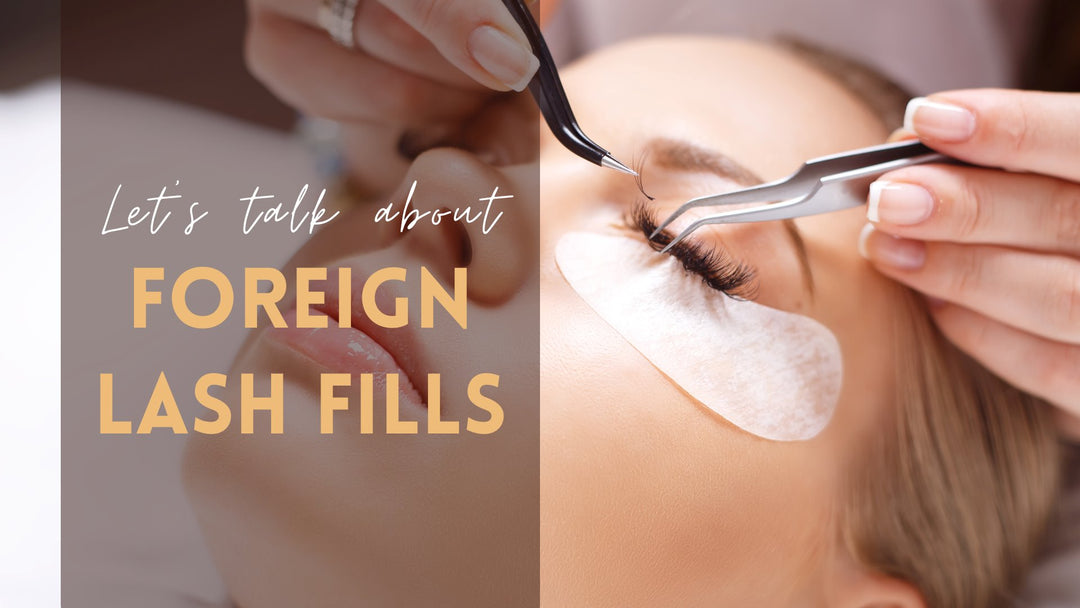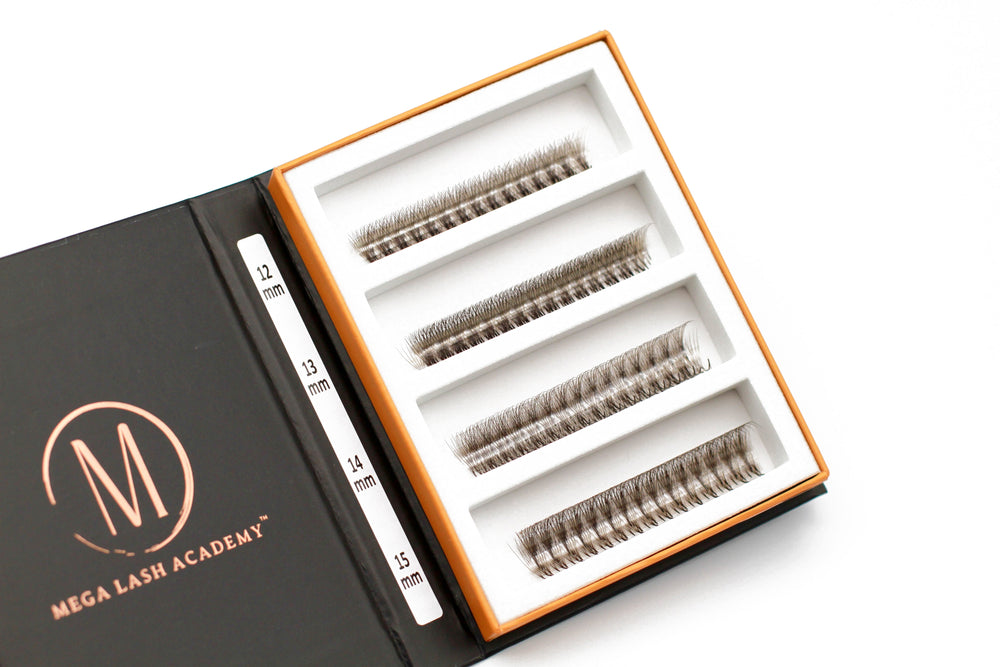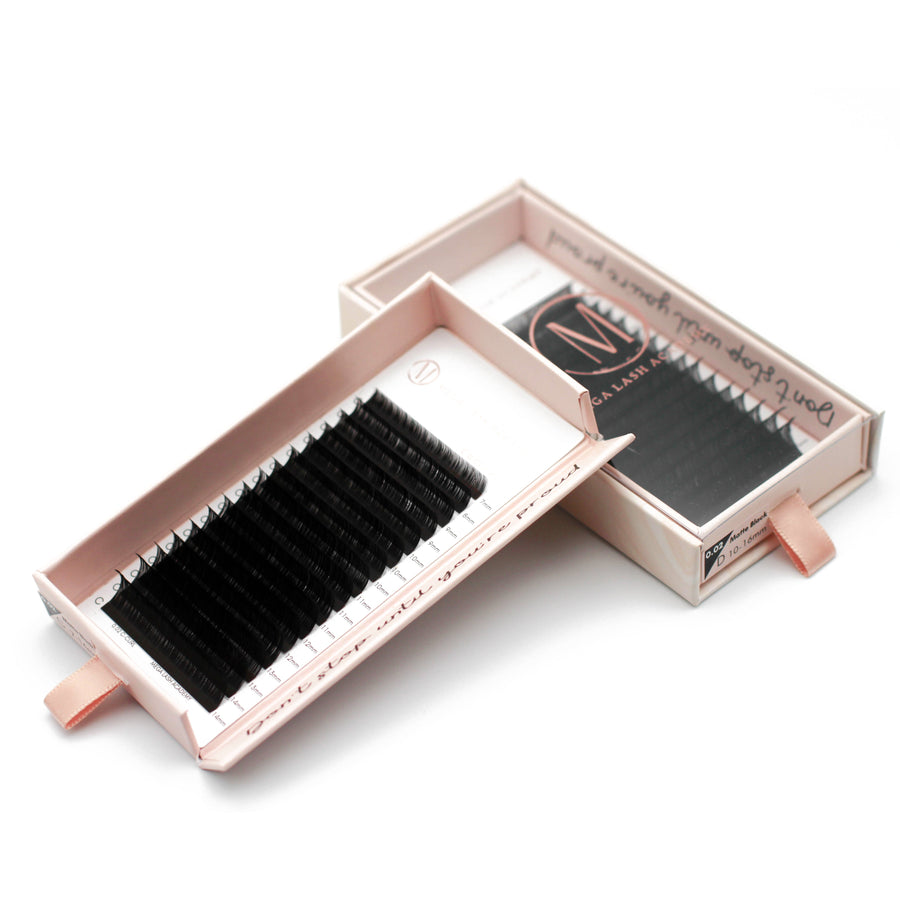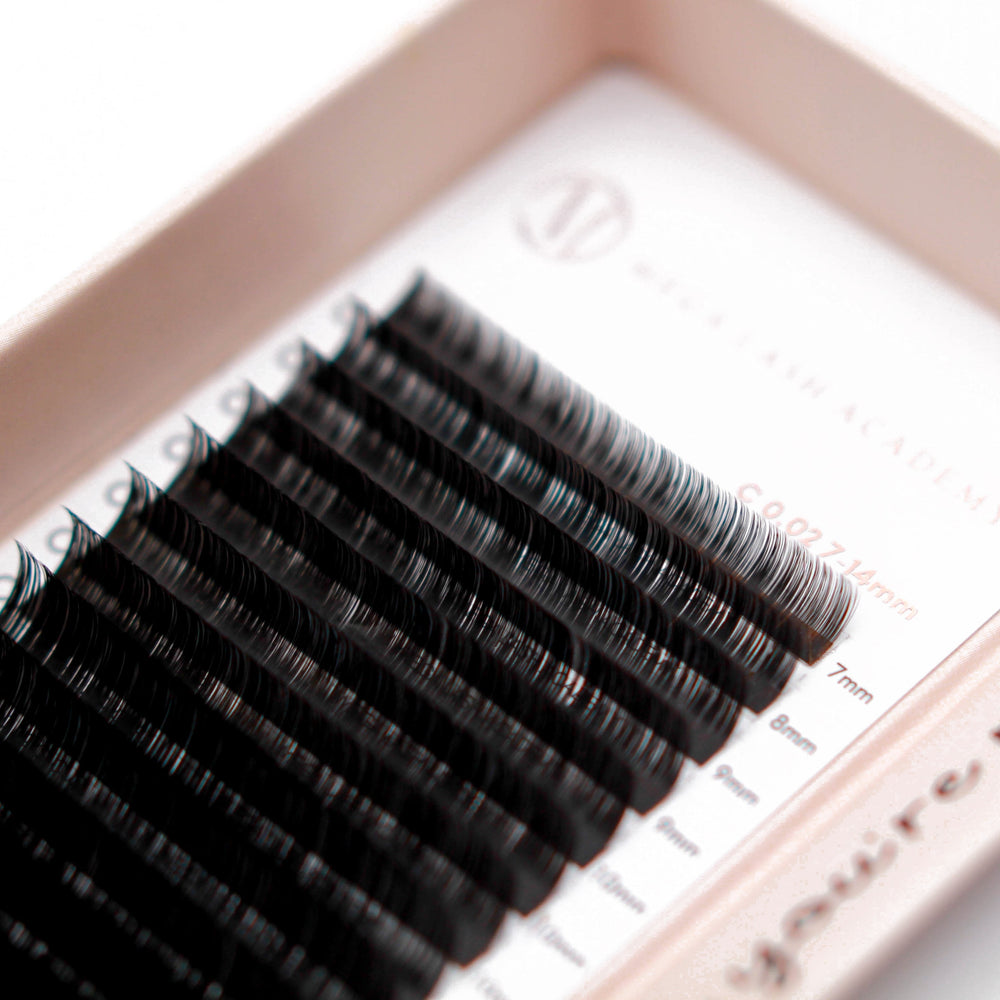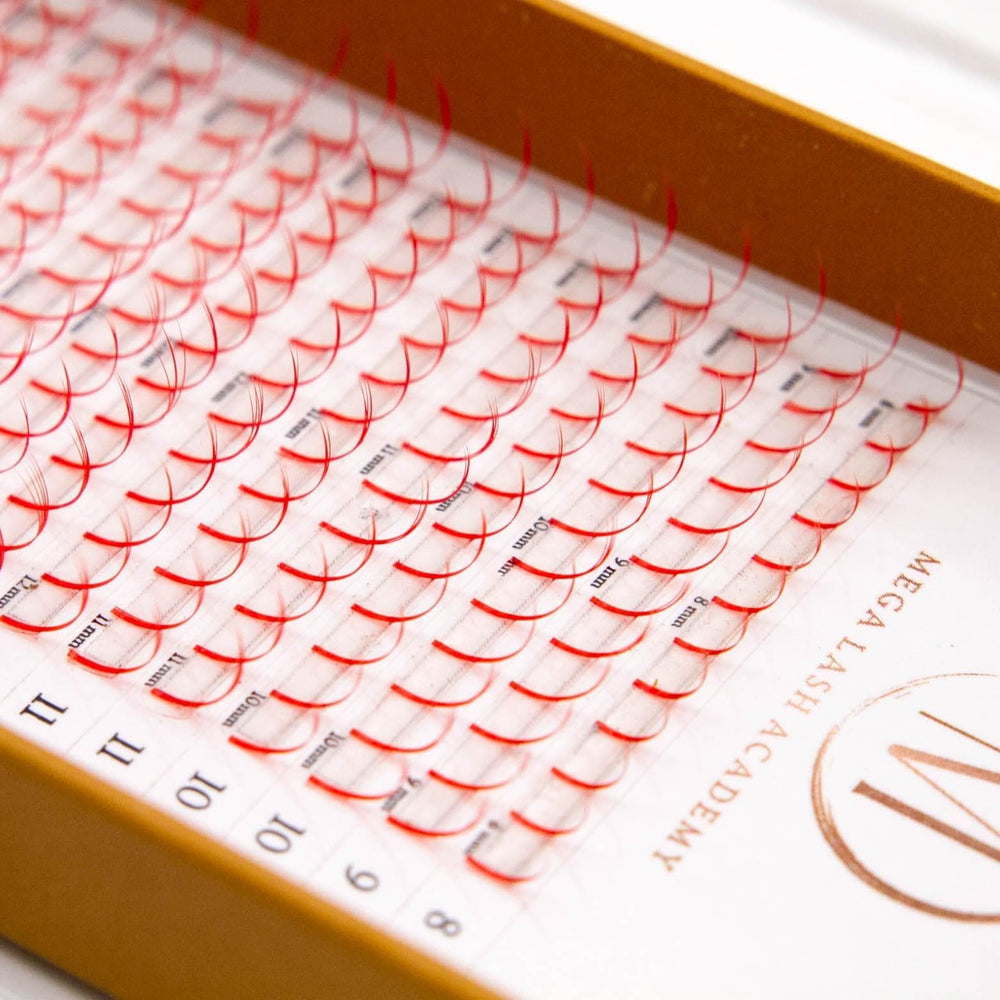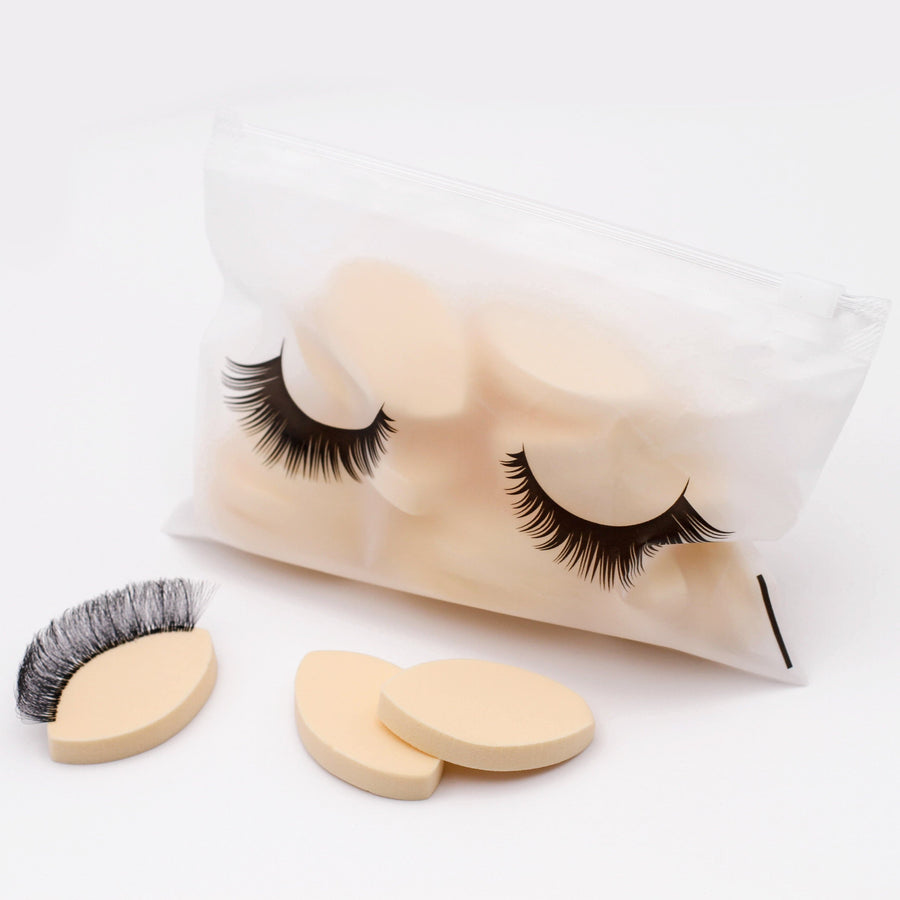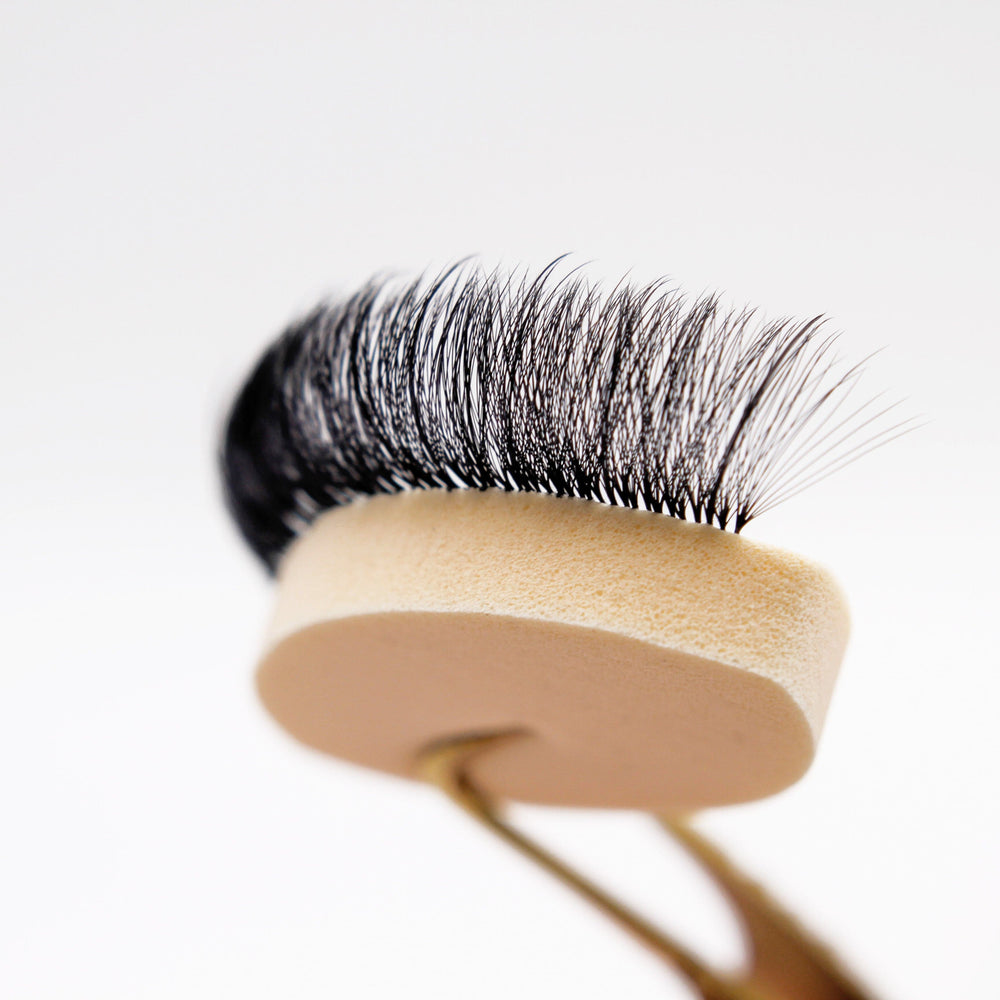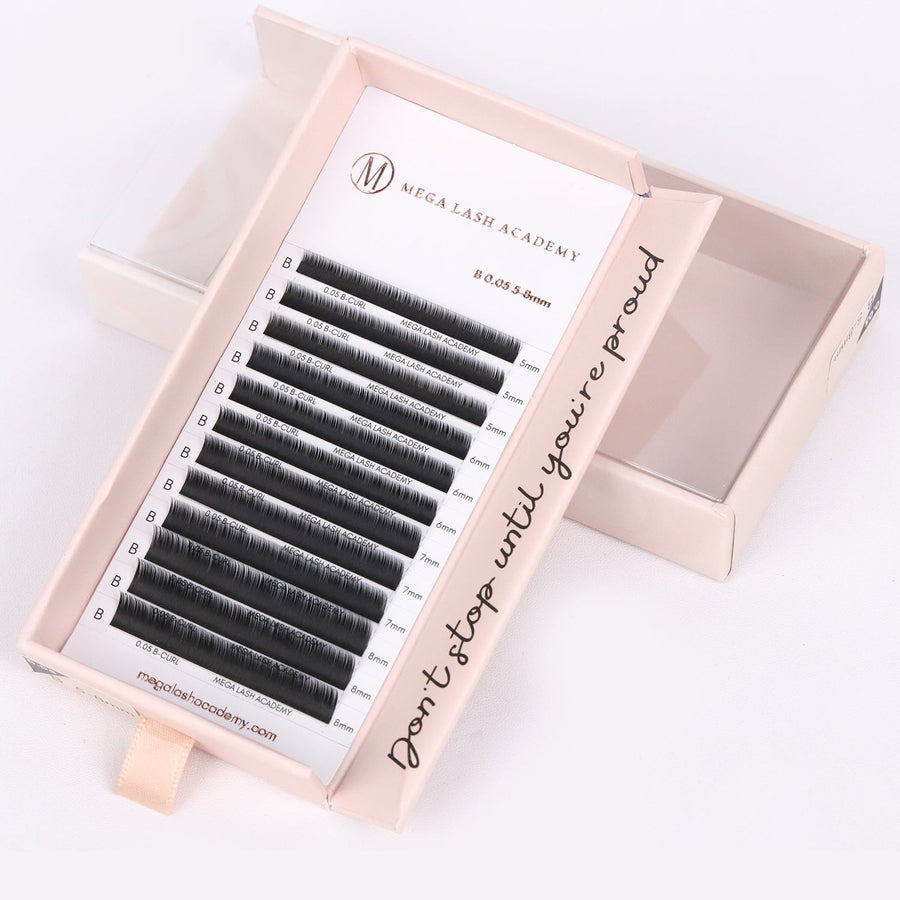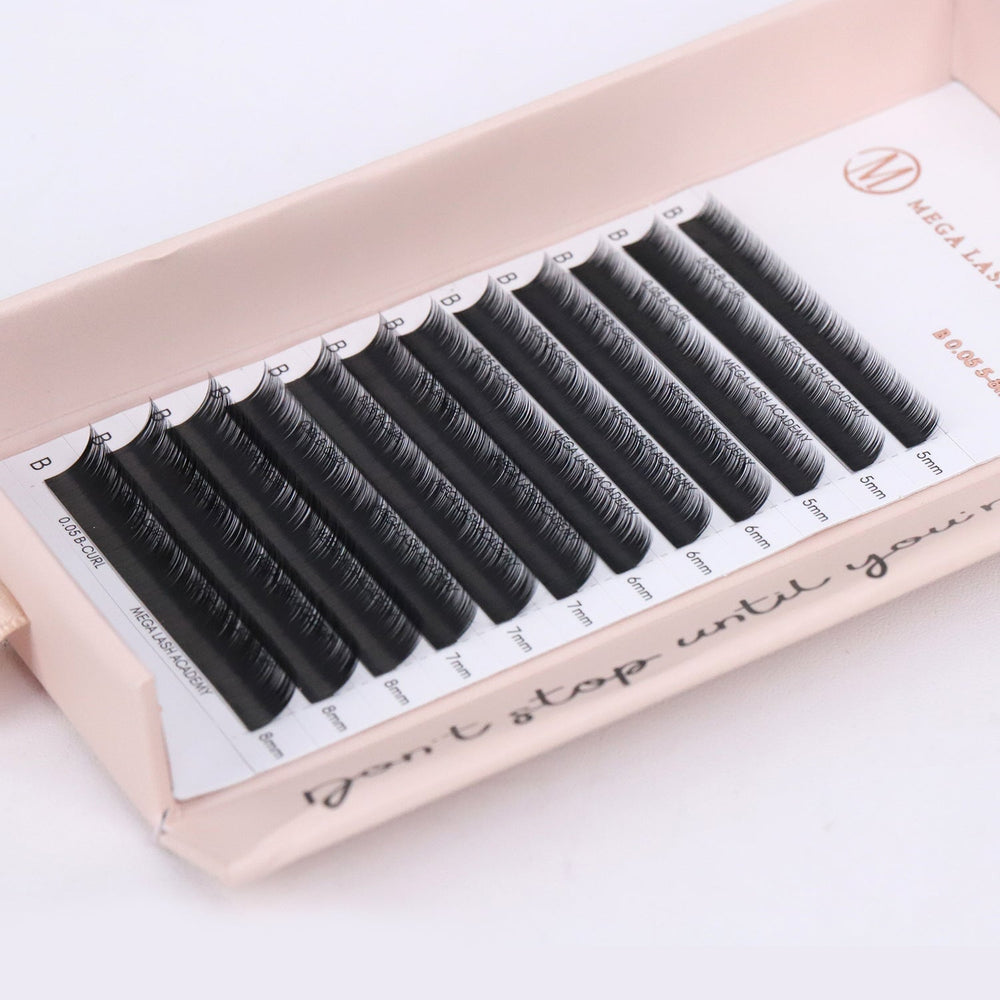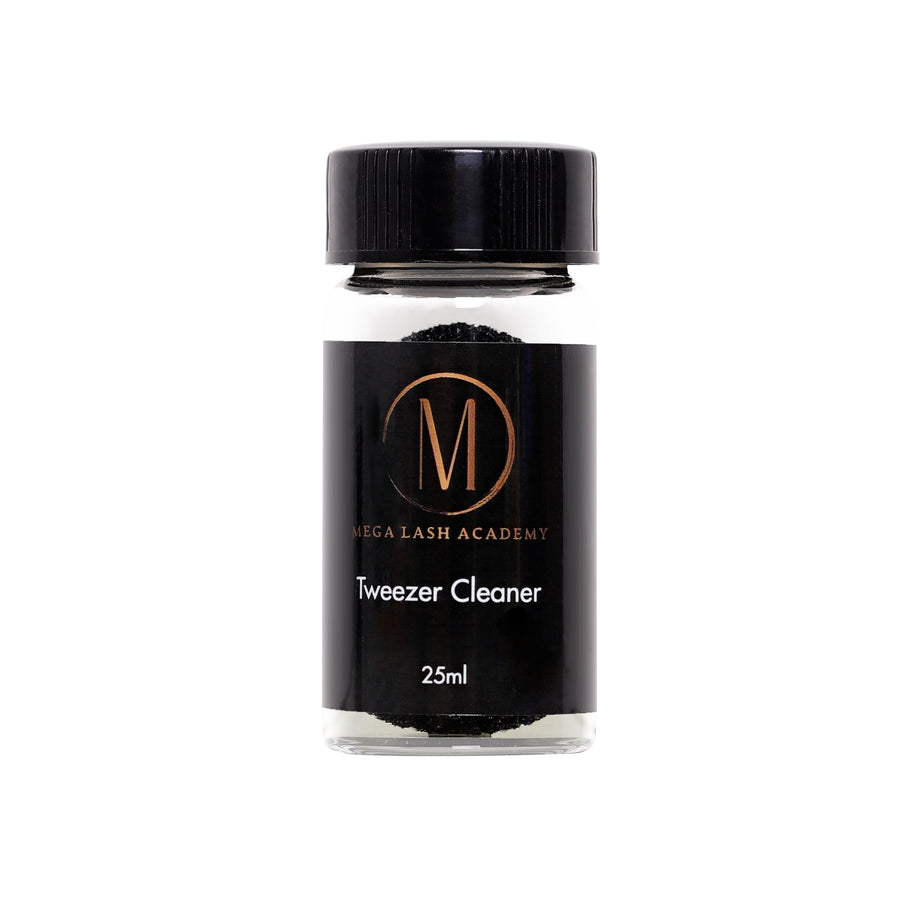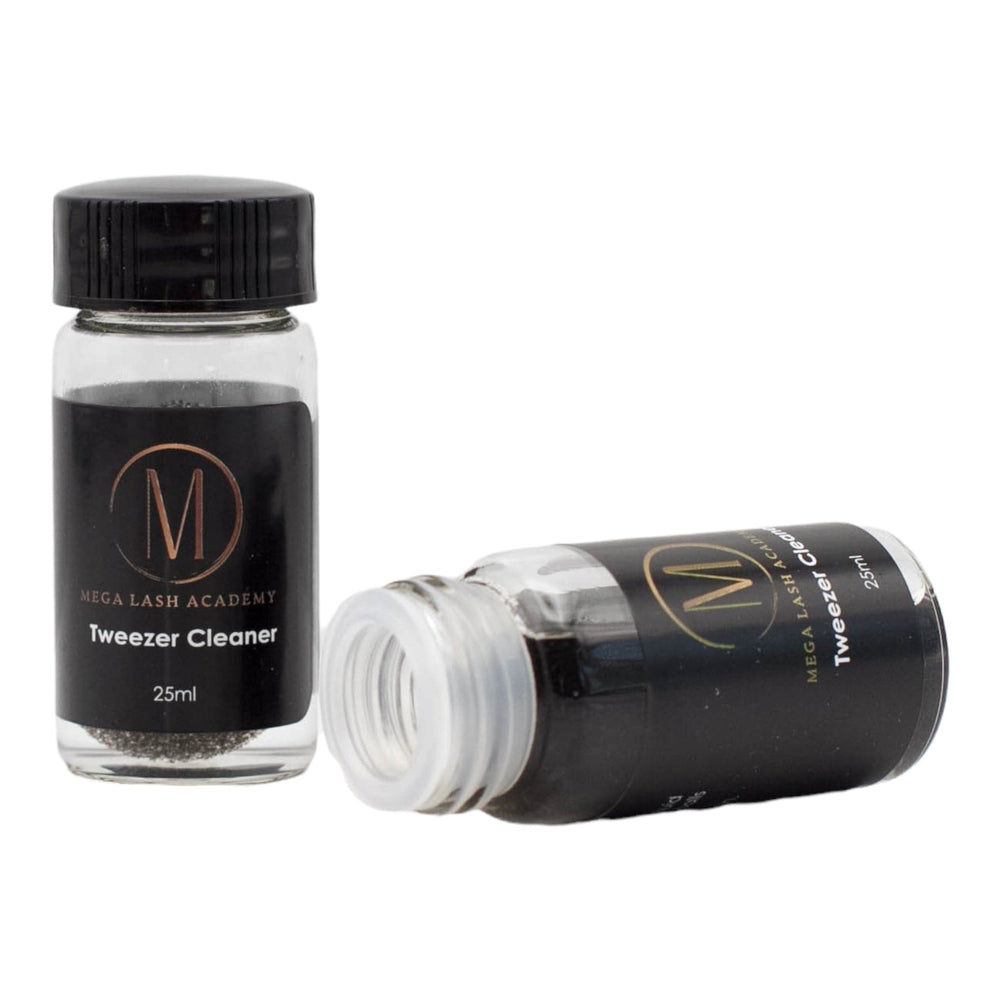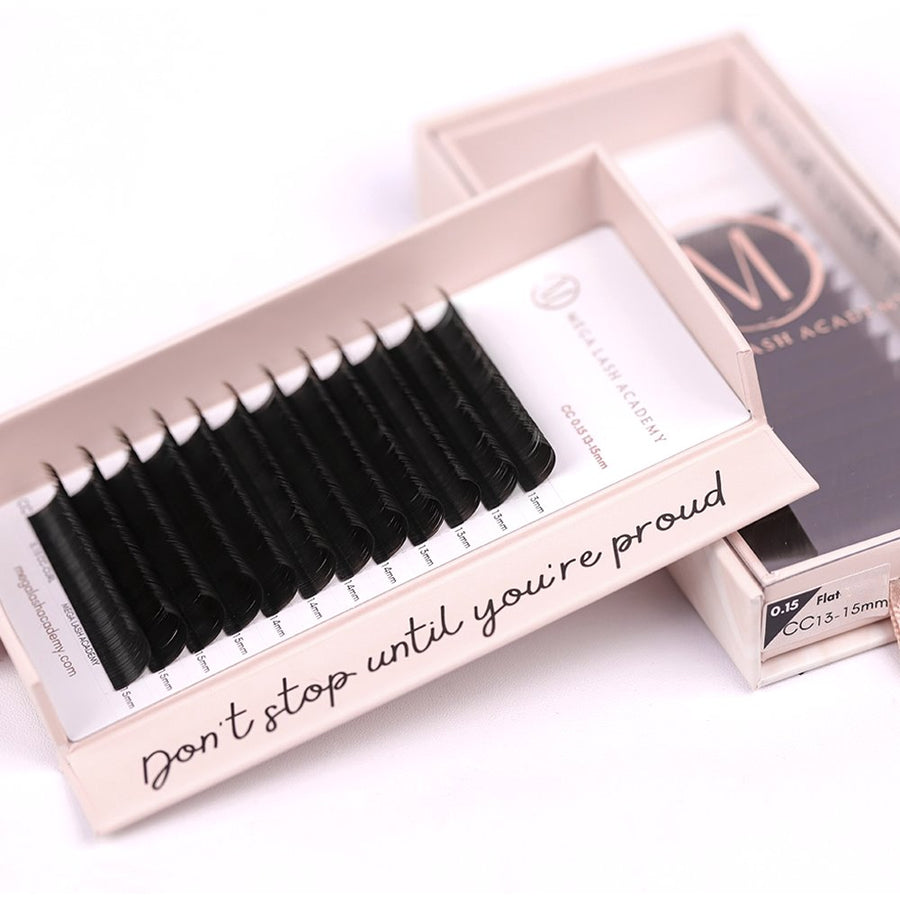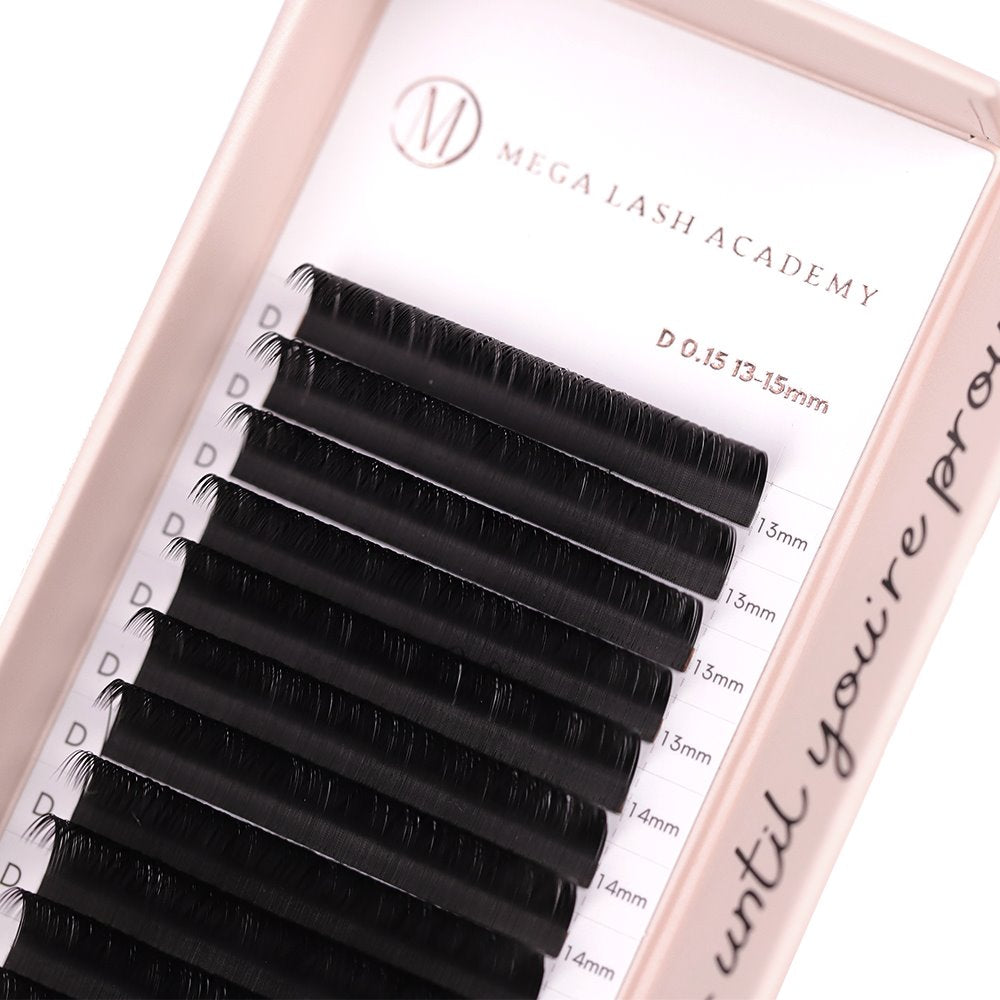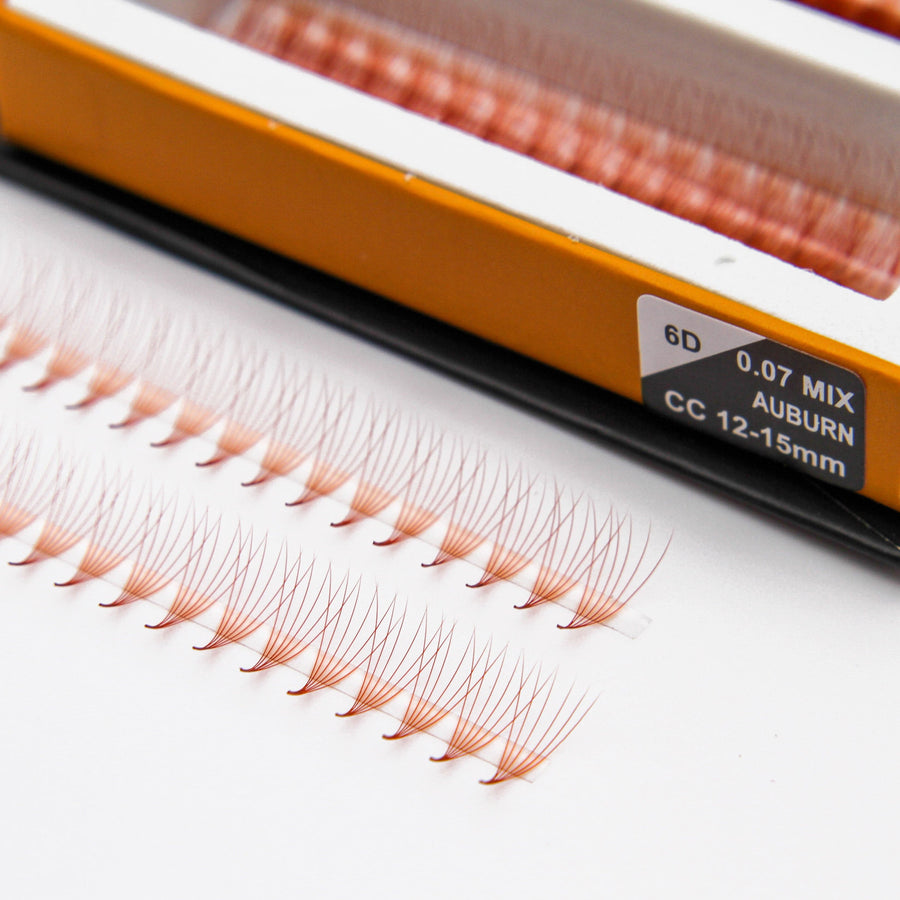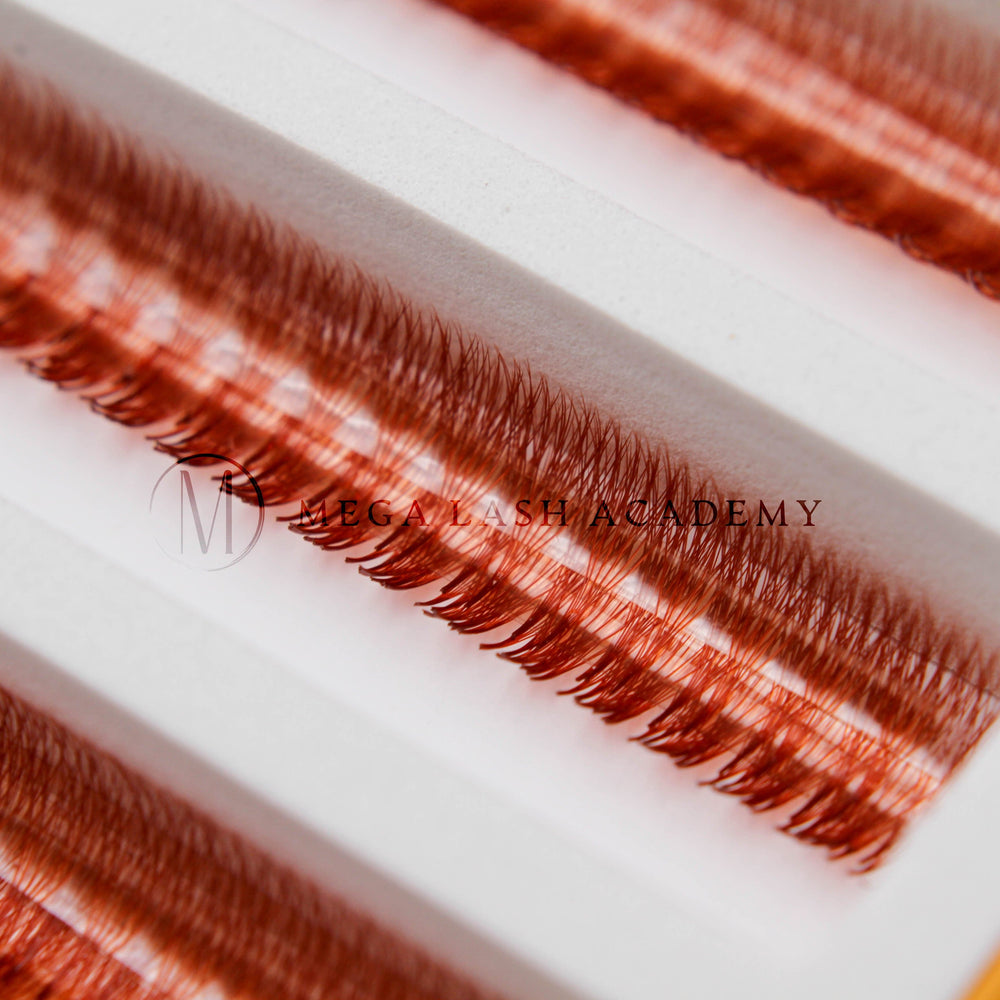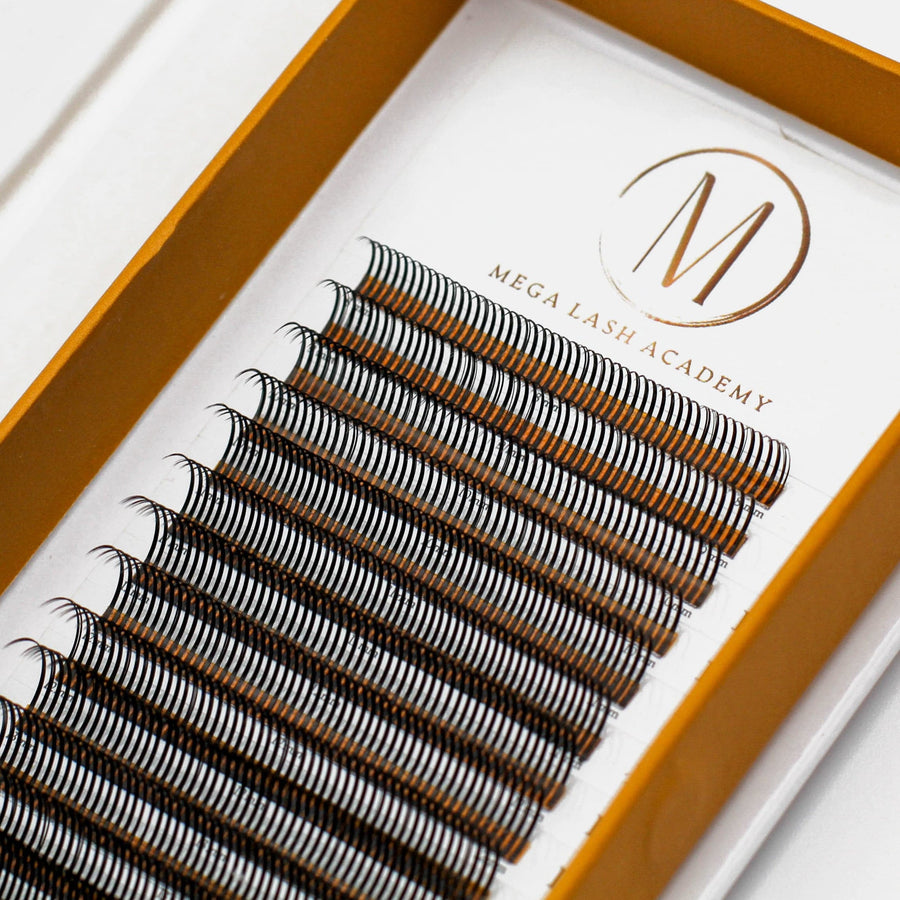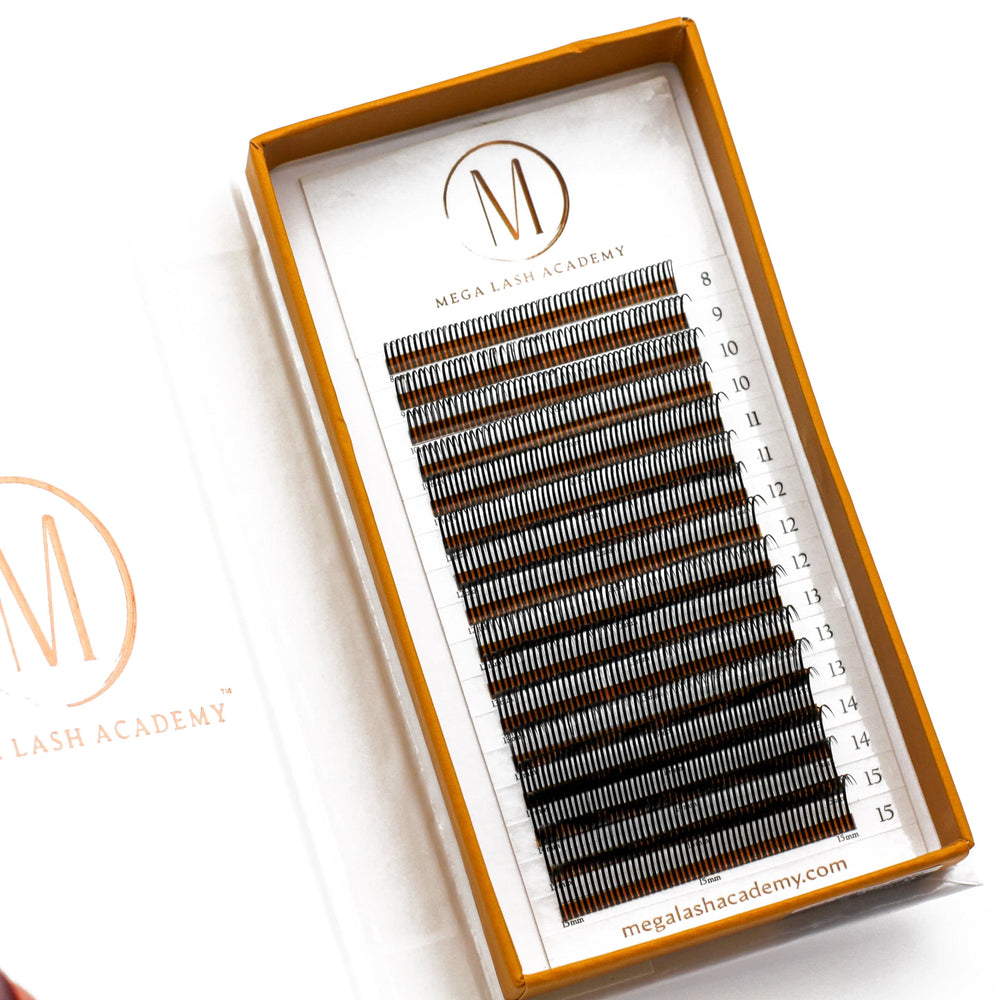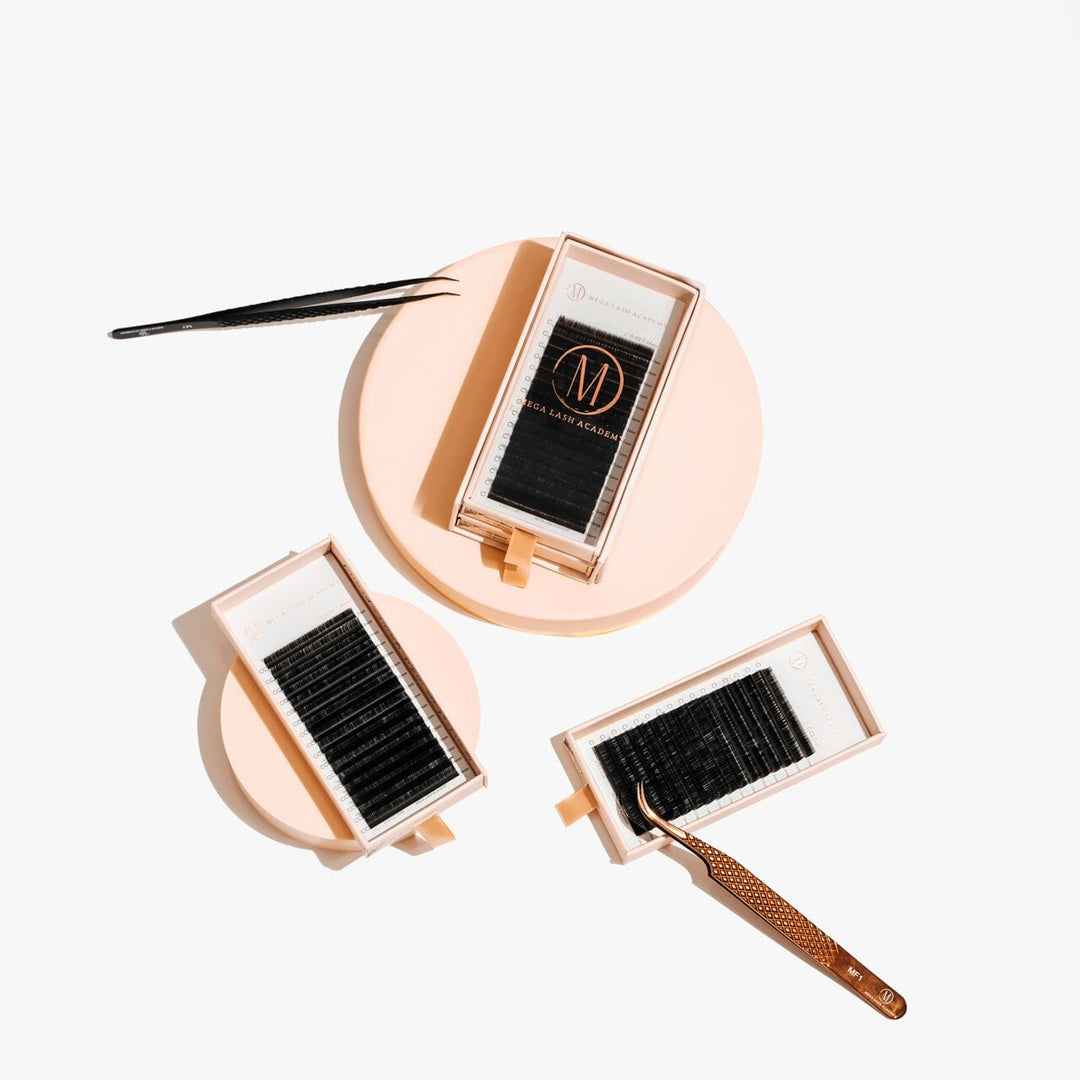What causes my clients' lashes to fall out?
As a lash artist, you may have noticed that some clients' lash extensions last longer than others. This variation in longevity can be attributed to a number of factors. Let's take a closer look at some of the most common reasons for this difference.
Humidity and Temperature
One important factor that can affect the lifespan of lash extensions is the humidity and temperature of the environment. Adhesive used for lash extensions can be sensitive to changes in these conditions, so it's important to know the ideal range for your specific adhesive in order to ensure that it works as intended. This can include factors like the temperature of the room where the extensions are applied, as well as the humidity level in the air.
Aftercare
In addition to environmental factors, aftercare is crucial for ensuring that lash extensions last as long as possible. Clients need to wash their lashes EVERY DAY, and advised to avoid activities that could damage their lashes, such as rubbing or pulling on them, using regular or waterproof mascara, or using clamp-style eyelash curlers. These actions can cause premature shedding of the extensions and may require more frequent touch-ups.
Lash Application
Another key factor to consider is the quality of the application itself. Poor application techniques can cause extensions to fall out more quickly, regardless of external factors. This can occur if too much or too little adhesive is used, if the natural eyelash isn't properly cleansed prior to application, or if the adhesive isn't refreshed within the recommended time frame.
Lash Growth Cycle
Finally, the natural growth cycle of eyelashes can also play a role in determining how long extensions last. Eyelashes have a three-phase cycle that includes growth, transition, and resting phases. During the growth phase, eyelashes grow to their full length before transitioning to the resting phase. It's important to note that not all eyelashes are in the same phase at the same time, and everyone has a unique growth cycle. This means that some clients may require more frequent touch-ups than others. This is why refills are always recommended every 2-4 weeks.
Overall, there are many factors that can impact the lifespan of lash extensions, and it's important to be aware of them in order to provide the best possible service to your clients. By understanding these factors and providing thorough aftercare instructions, you can help ensure that your clients' lash extensions last as long as possible.




